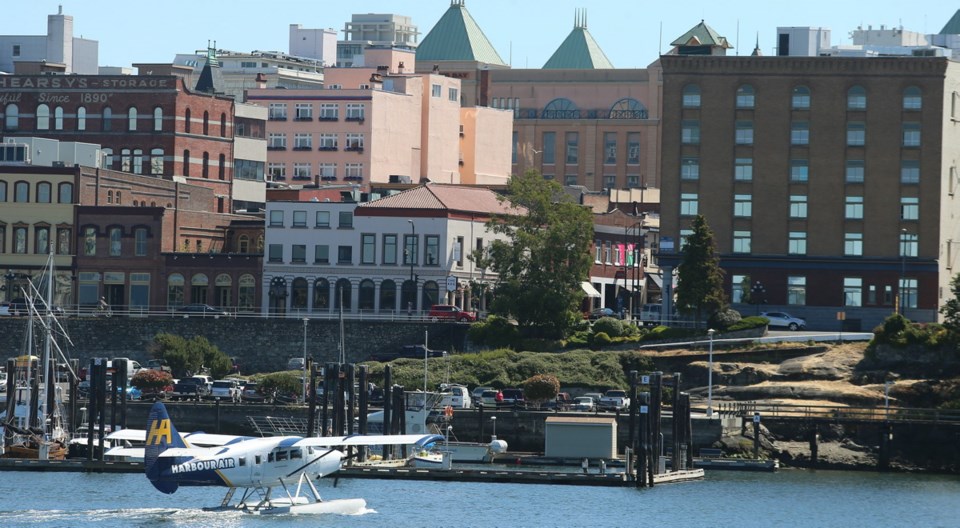VANCOUVER — The federal government is recommending regulations that would require all passengers and crew on commercial floatplanes to wear inflatable life-vests during flights over water.
Transport Canada’s planned amendments to Canadian aviation regulations also require mandatory training for pilots of fixed-wing commercial seaplanes on how to get out of the plane under water in the event of a crash.
The proposed regulatory changes were published last week in the Canada Gazette. Canadians have 30 days to comment before the changes are finalized.
In 2009, a Seair Seaplanes de Havilland DHC-2 Beaver crashed at Lyall Harbour off Saturna Island. Six occupants, including a doctor and her infant, drowned inside the aircraft. The pilot and one other passenger escaped with serious injuries, but were without life-vests and at risk of drowning.
In 2011, the federal Transportation Safety Board released its report into the Seair crash. It recommending the federal government require all new and existing commercial floatplanes be fitted with regular and emergency exits that allow rapid egress, and that occupants of commercial seaplanes wear a device that provides personal flotation after an emergency escape.
Bill Yearwood, regional manager of the safety board, said Monday that the federal decision is “good news” for aviation.
“Finally, after several years and some operators leading the way, passengers will have better chances of survival after exiting a sinking floatplane. While these accidents don’t happen often, when they do, people drown.”
North Saanich-based Viking Air voluntarily produced safety fixes for the Beaver that included emergency pop-out windows and door handles that are easier to open in a crash. “Transport Canada still hasn’t made these mandatory,” Yearwood noted. “A big part of survival is getting out of a sinking or burning aircraft quickly.”
In seaplane crashes on water, occupants are generally too panicked to locate and put on a life-vest, typically stored under a seat. The new regulations would require occupants to wear a flotation device provided by the operator while boarding the seaplane, and while it is operated on or above water.
After the Seair crash, several smaller seaplane companies in B.C. voluntarily ordered their passengers to wear life-vests, but larger operators such as Harbour Air did not.
While some pilots have said passengers might accidentally deploy inflatable vests before leaving a sinking seaplane, Transport Canada counters that such concerns can be alleviated by detailed briefings before flight.



